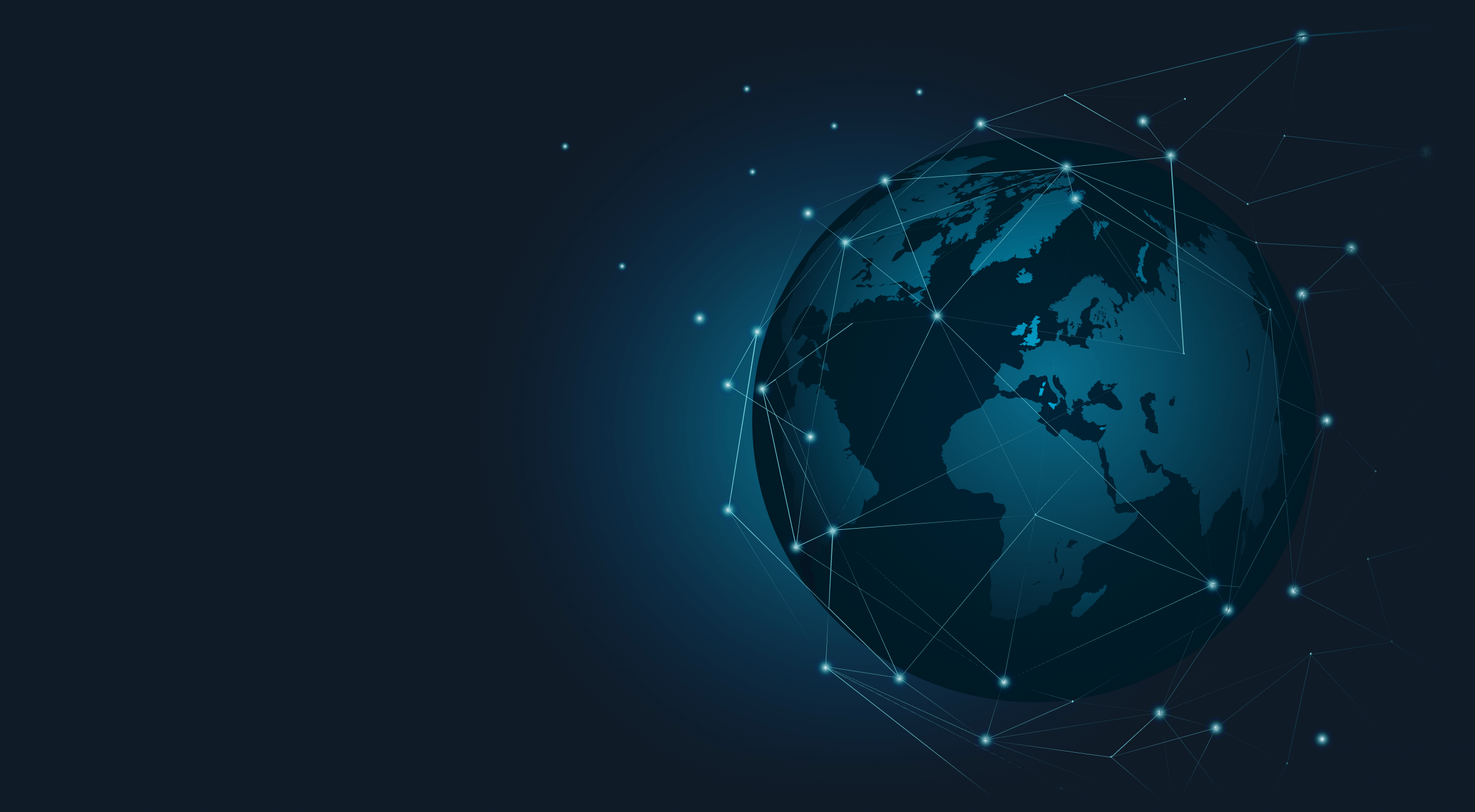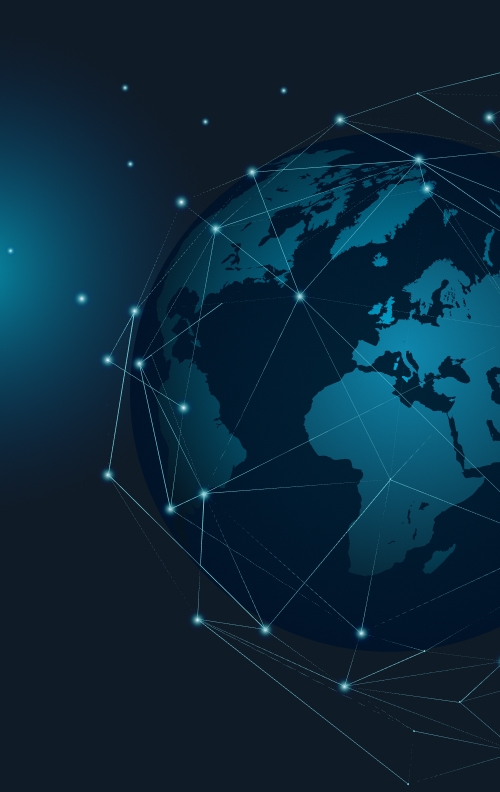CLOUDY podcast | #12 Drones, anti-drones and UAV cloud
- News
Pilot of unmanned devices? How is that possible?
Well, the position is usually called operator, since I don't actually pilot the drone, but that's how it's used in everyday speech.
What are drones?
I'll start with the name UAV, which stands for unmanned aerial vehicle. The letter "A" stands for aerial, but we can replace this name with, for example, UGV - unmanned ground vehicle, i.e. ground device. It can also be an underwater device, i.e. unmanned underwater vehicle - UUV. And instead of the word device, the name drone is also used.
In general, it's anything that can move in space on its own without a person inside the device.
What do I need to be able to operate a drone? Some kind of "driver's license"?
In the past, it was a pilot's license, today it's an EU certificate. There is also a legislative regulation for drones – depending on the weight of the drone and whether it has a camera on it – then it needs certification.
But I would also like to say that the most important thing when operating a drone is to have common sense.
Unfortunately, the technology has far surpassed what is legally possible and what the airspace is prepared for. The basis is some insurance, something like insurance on a car and equipping the drone with a license plate. Currently, all drones are supposed to transmit the so-called drone ID, so if I am close to a drone, I should be able to see who is actually near me through an application.
Does operating a drone work through some applications?
Controlling a drone is mostly through an application, that is, the interface, the hardware, the levers are actually connected to the application. In that application I have a display of telemetry from the drone, i.e. all its health statuses such as battery status, how far I can fly, how far I am, how high I am... Then there is a map of where I am and of course data from sensors, for example.
A sensor is not always just a camera. A drone can also have a light, a speaker, etc. on it. The uses are diverse. I have already done gas detection or spraying with a drone in agriculture. In fact, by flying low above the crops, the drone actually shakes the plant, so the agricultural spray gets into the vegetation much more effectively.
It is also important to remember that one operator can control multiple drones at the same time.
What's new in the world of drone technology?
A strong topic is anti-drone systems, or something to protect objects or people from the misuse of the drone or its misuse or in a military conflict for defense.
There are laser weapons to eliminate drones, or there are ways to jam the drone's signal, most often GPS. The drone has an algorithm in it so that when it loses GPS, it starts to land slowly. So we prevent it from penetrating or recording something with such an anti-drone system.
I have also seen devices that simply look like a huge microwave on a huge military chassis, which when it targets the drone, actually fries its electronics when it hits it with enormous energy. With drones, the main focus is on price and quality and the ability to produce quickly, since the period of technology changes on the battlefield is about 3 months.
Somewhere drones also work for delivering packages. So they also have a plus benefit for people. Where else can a drone be used positively?
Sure, it is an excellent tool in industry for performing various services that were once necessary to be done by people, for example on a climbing rope or were done very inaccurately. I also did similar services such as chimney inspections, I took a drone with a very good camera, with a very high zoom, I flew to a chimney, on which I detected, say, cracks.
You can use this method to do, for example, digitizing an area. It is much more efficient than, surveyors measuring 900 points on an object per hour and an operator with a drone that has a laser scanner can do, e.g. 100,000 points per second. At the same time, I avoid potential injury - I myself was moving next to a pile of iron ore and slipped and fell. It is also certainly more comfortable to fly over garbage dumps than to walk on them.
There is also a UAV cloud. How does it work?
Nowadays, we want drones to be automated. A cloud service is advantageous for this, where a few manufacturers are currently already producing special drones that are placed in boxes to be resistant to meteorological influences, theft, etc. After connecting to the Internet and creating a cloud service, they can perform operations remotely.
So the operator does not have to physically go somewhere with the drone. The drone can be stably placed and at the required times it will carry out the survey, data collection, measurements... I can also launch a drone in Košice from Bratislava. It's just about connectivity. Satellite Internet transmissions are excellent. It happened to me that when I was in the hills of central Slovakia, I no longer had a signal and I had a problem. Since drones must always be online to fly accurately, because they download correction data for the GPS signal every second.
So, for example, Starlink has brought a really big change, since I do not receive the Internet on the surface of the earth, but from above, so I am connected without problems even in some mountainous areas, uncovered areas. Furthermore, it is certainly 5G networks that will help with this.
What will come in the near future in the field of drones?
It is mainly the implementation of those regulations and actually the most important thing that needs to be solved now is the so-called UTM (Unmanned Traffic Management) system, that is, to be able to unify the piloted transport, which is divided into two segments, commercial and military, and also unmanned transport, military and commercial. And to harmonize all these spheres.
How does flying and piloting a drone work in practice, that five of us meet on vacation and want to fly over one attraction?
The UTM system should solve that, that it will actually manage the operation. Currently, it works in such a way that the drone operator is obliged to monitor his drone all the time and must also peripherally look at the surroundings.
For example, when I'm flying a drone somewhere and suddenly I see someone on a sightseeing flight, I'm obliged to avoid the larger, human-piloted vehicle. It happened to me that I was flying a drone and those big planes normally report to me that there's a plane 11 kilometers above me. On the other hand, someone with a smaller drone or on a sightseeing flight can then fly past me and I don't know about them. That's the problem.
So the goal is to create something like the internet of things, where everyone will know about everyone. We'll have live data about everyone.
You can listen to the whole podcast on SPOTIFY or watch it on YouTube.


